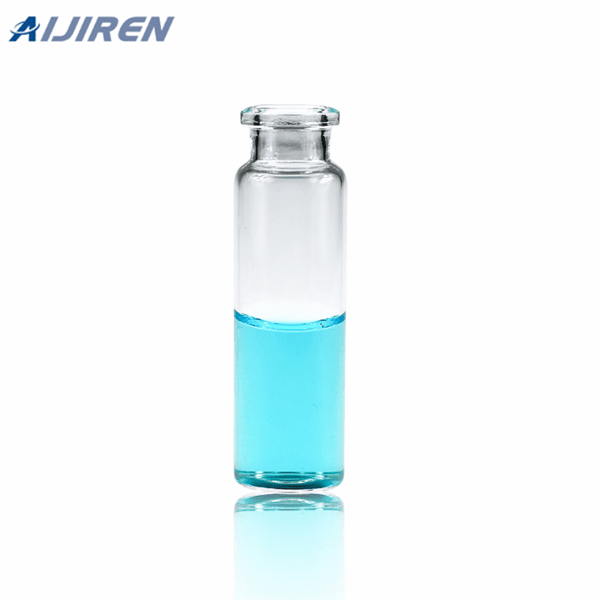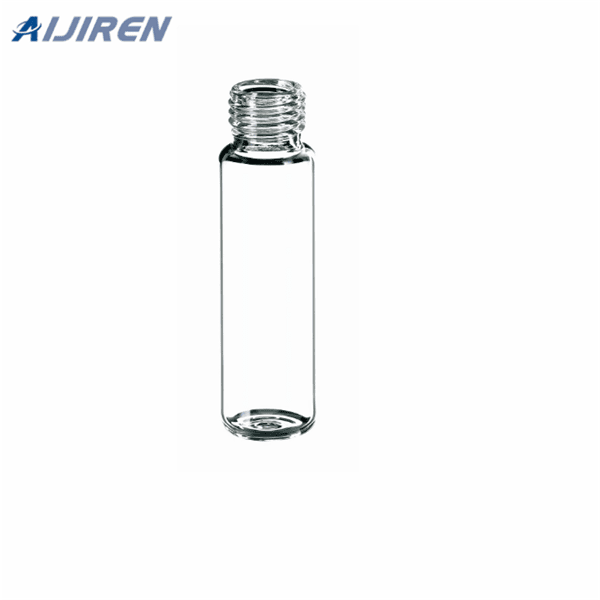
Mar 31, 2022 · General Chromatography Vials: Septa Properties. Find out about four types of septa research used in general chromatography. Three types of rubber. Scientists use rubber in gas chromatography for routine analysis. It has a medium resealability and is chemically inert. Many injections or retaining samples for extra examination are not suggested.
.png)
Headspace Gas Chromatography. Headspace GC [104] is a sampling and/or injection technique involving the indirect determination of volatile constituents in liquid or solid samples by analysing the associated vapour phase. From: Principles and Practice of Modern Chromatographic Methods (Second Edition), 2022.
.jpg)
septa from several competitors with High Performance septa. As shown in the figure, the High Performance septa provided low HS chromatographic background at 300 °C. 2.00 4.00 6.00 8.00 10.00 12.00 14.00 16.00 18.00 20.00 Supplier 3 Thermaseal HS septa Claimed can be used up to 300 °C Supplier 2 PTFE/silicone HS septa Claimed can be used up to
.jpg)
A GC septum is located at the top of the injection port and serves two functions: 1) providing a leak-free seal to maintain carrier gas pressure inside the system. 2) handling repeated puncturing by a syringe needle for sample introduction purposes without severe coring or leaking.
.jpg)
General Purpose Septa for GC Aijiren’s general-purpose septa are made from an enhanced injection-molded silicone rubber material. The septa material, dark red or gray in color, is specified to withstand over 200 automatic injections at an injection port temperature of 350 °C.
.jpg)
The parameters are largely derived from two sets of chromatographic theory: plate theory (as part of Partition chromatography), and the rate theory of chromatography / Van Deemter equation. Of course, they can be put in practice through analysis of HPLC chromatograms, although rate theory is considered the more accurate theory.
.jpg)
May 25, 2012 · Introduction. Many users of gas chromatography (GC) have opinions on what type of septa material is best suited to their specific analyses. In many cases great care goes into the deactivation of the injection port liners, column deactivation, and various sealing materials in the common inlets but, septa are often chosen by the practitioner based on perceived cost and impression as to the
.jpg)
Jul 31, 2020 · While non-slit septa are advised for applications requiring the highest level of sample integrity, pre-slit septa are more practical for normal use. You may make an informed choice and guarantee the accuracy and dependability of your chromatography analysis by being aware of the benefits and drawbacks of each type of septa.
.jpg)
Septa for use with general chromatography vials PTFE/Red Rubber Septa: PTFE/Red Rubber septa are the most popular and economical choice for general gas chromatography applications. These septa are used primarily for routine analysis in gas chromatography with FID, TCD and FPD detectors. PTFE/Red Rubber offers moderate resealability
.jpg)
General chromatography vials: Septa properties Rubber Used primarily for routine analysis in gas chromatography. Offers moderate resealability and good chemical inertness. Not recommended for multiple injections or holding samples for further analysis. PTFE is protective layer that once broken exposes rubber to chemical attack
.png)
Jun 9, 2022 · Siloxane contamination can interfere with low-level analysis of target compounds whether they are discrete peaks or manifested as high background bleed. They are one of the most common types of “ghost peaks” in gas chromatography (GC) and can come from a variety of sources such as inlet septa, columns, valves, solvents, and vial cap seals.
.jpg)
Jul 1, 2019 · Herein we identify contaminants originating from vulcanization and antioxidant additives in rubber septa, and we present a simple redesign of the glassware used to monitor reactions at elevated temperature, which prevents these contaminants from entering a reaction. 2. Experimental.

The role of septa for GC analysis is key with many chromatographic problems caused as a result of inappropriate septa material or inappropriate handling of the septa. Desired septa attributes: Must reliably seal against the carrier gas pressure in the inlet.
.jpg)
Jul 10, 2012 · In past gas chromatographic (GC) analyses, it has been reported that septa of various makes release volatile organic compounds (VOCs) when subjected to high temperatures ( 1–9 ).These reports also revealed the frequent presence of contaminants such as finger oils from handling, or organic contaminants picked up during storage of these septa.
.jpg)
Sep 1, 2016 · In gas chromatography (GC), septa form part of the critical juncture between internal passages and the external ambient atmosphere with its oxygen and water. Unlike other sealing components such as ferrules, o-rings, or inlet ring seals, septa are mechanically challenged by a syringe needle once - or in the case of autosampling more than once